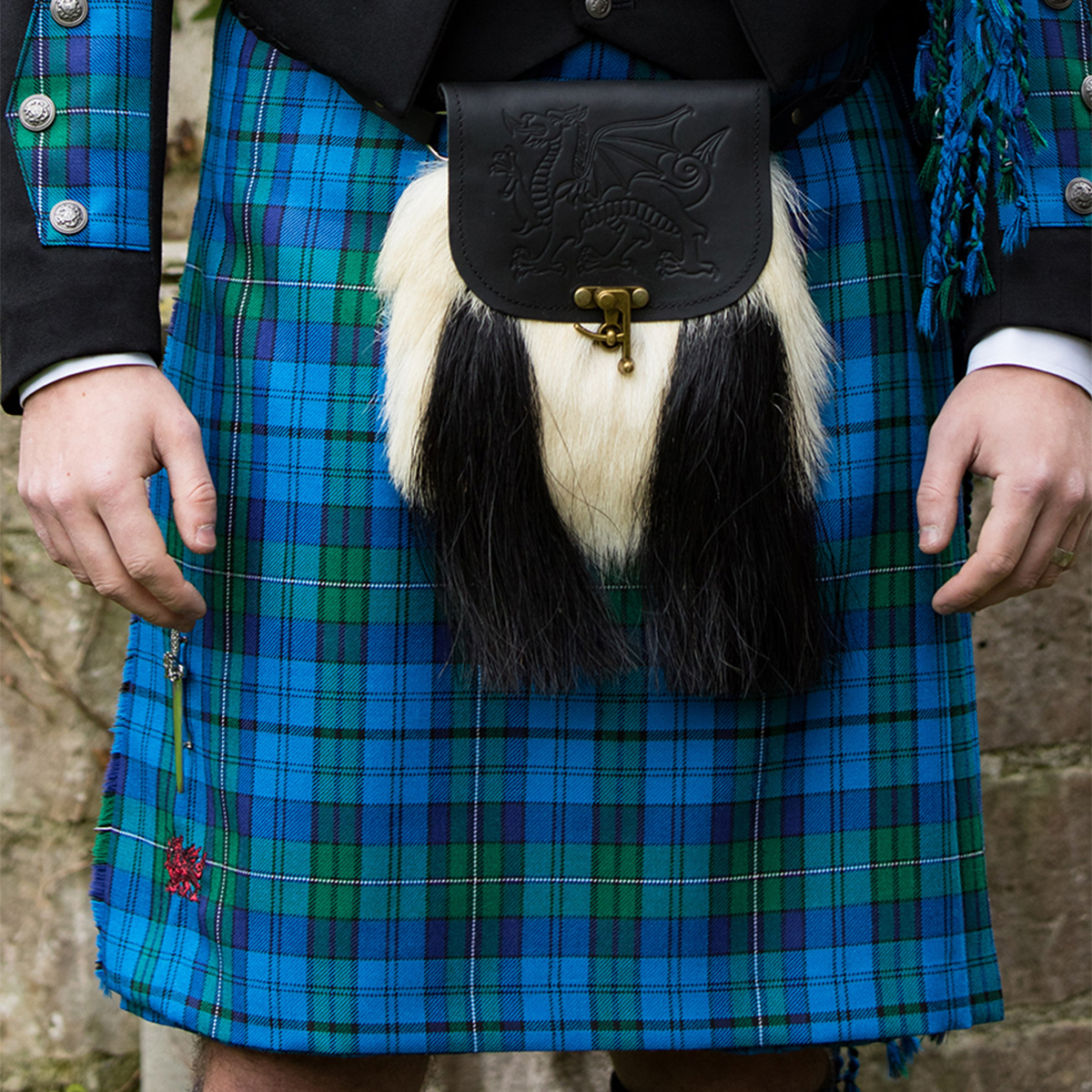First, an update to the December Celtic History Newsletter topic on the “Night of the Big Wind.” I ran across another reference (quoted below) that had a little more detail specifically blaming Freemasons for the storm. More to come on the the subject of Irish superstitions regarding Freemasonry in the January newsletter.
“I heard the old people say it was the Freemasons ‘rose’ the Big Wind to destroy the Irish people and do away with the Catholics. They had only to ask the devil for anything they wanted done. They had a great meeting in Sligo Town that night – and Master King (of Rockingham) travelled home from it to Rock quite safely on horseback. The devil saved him.”
The Legion Irlandaise
Originally Published January 2012.
I recently borrowed the complete Sharpe’s Rifles series on DVD from a friend. I’ve always enjoyed the books that the series is based upon for the author’s efforts at historical accuracy. Most of the novels include some sort of historical note where he explains where he took liberties in the history for the sake of the plot. Since I’m already “Over the Hills and Far Away” in my mind, I thought I would look into something of related interest from a Celtic aspect. I found out recently that there was an Irish Legion of France (the Legion Irlandaise) who fought under Napoleon in the Peninsular War (1808-1814) The war took place between the allies of Spain, the United Kingdom, and Portugal against the army of Napoleon over control of the Iberian Peninsula (Spain & Portugal).
The Irish Legion was established in August 1803. Bernard MacSheehy, an Adjutant-General in Napoleon’s army was assigned to form the regiment. Part of the the purpose for the Legion was to use them for a French invasion of Ireland. The overall plan was threefold. First, Napoleon hoped this core of trained Irish officers and NCOs would be viewed by the Irish population as an army of liberation, rather than a foreign invader. Second it would minimize number of french troops would be required for the effort; and, third a successful landing in Ireland, would potentially tie up a large number of English troops for years to come.
The initial men were recruited from the descendants of Irish and Scottish Jacobite expatriates, whose families had been forced to flee following failed revolts. Prisoner of war camps were also a good source of recruits as well as captured Irish sailors who had been forced into the British Navy by press gangs and therefore had little loyalty to King George. Once these men were given the basic training under tactics, they proved good soldiers and hard fighters. The Irish wore a standard pattern French light infantry uniform, but their coatees were a distinctive green with yellow collar, lapels, cuffs, turnbacks, and piping, and were worn with white pantaloons and waistcoats. The Irish Legion had its own flag, and in December 1805 received an Imperial Eagle from Napoleon as a battle standard. The Legion was the only group of foreign soldiers in the French military to whom Napoleon ever gave an eagle.
Napoleon was eventually forced to abandon his plans for invading the United Kingdom following his losses at the Battle of Cape Finisterre and the Battle of Trafalgar in 1805, so other uses were found for the Legion.
The original Legion was the size of a battalion and eventually expanded to a regiment creating a need to recruit from outside the Irish exiles. These made it a much more multi-national force including Germans, and as many as 1500 Poles. While commands were given in French, the troops and officers spoke to each other in English or their native tongues.
On July 30th 1809, the First Battalion received its baptism of fire when English forces landed on Walcheren Island. After a spirited defense, the vastly outnumbered French forces, including the Regiment Irlandaise, retreated into Flushing. On August 1, The English attacked all along the perimeter outside Flushing. The Irish suffered heavy casualties, but performed well and held their assigned position. The Irish regiment remained in an advanced position most of August, and engaged in almost daily skirmishes. An English siege bombardment began at noon on 13 August and in the evening they attacked all the advanced posts. Although elements of the other regiments sought to retreat into the city, the Irish held firm and still held their original position by the close of day. In the fighting, the acting Commander of the 1st Battalion, Captain William Lawless, was hit in the cheek by a musket ball that lodged below his ear, forcing him to seek medical attention. By the evening of the 14th of August the bombardment had dismounted many of the town’s guns and nearly exploded the powder magazine. The French forces were forced to called a truce to discuss terms for surrender. On the 15th the French garrison of Flushing was made prisoner and were transported to England where the men remained until the end of the war.
However, a small number of men managed to escape. Among them were Captain Lawless and Lt. Terrence O’Reilly of the Irish Regiment. Following the surrender, Lawless found a doctor who cared for his wound and hid him from the English. Lawless carried with him the eagle of the Regiment Irlandaise, determined that it would not fall into the hands of the English. The two Irish Officers evaded the enemy for more than 6 weeks before they made good their escape. After a hearty welcome from Marshall Bessieres at Antwerp, Lawless was sent on to Paris where he was received by the Emperor himself. Although the city had been lost, he had saved the regiment’s eagle, and for this, Lawless was given the Legion of Honor, promoted to Chef de Battalion and given command of the first battalion of the Irish Regiment which was being reformed. Lieutenant O’Reilly, likewise, received the Legion of Honor and was promoted to Captain.
The second battalion proved to be no less valiant than the first. The first 800 men of the second battalion joined Marshall Murat’s Army in Spain in the fall of 1807. In the Spring of 1808, Murat marched into Madrid, starting a war which was to last until 1813, and was later became known as “The Peninsular War.” They Irish Legion went on to continue to serve with valor for four years in the Spain and Portugal and later in Holland before being sent as a battle-experienced unit to fight in against the Russians in 1813. In spite of their bravery, of the 2,000 men who had joined the grand army on the Russian front eight months earlier, only 117 survived and they were ordered back to their depot in France. They were again reformed and continued to serve France until the Regiment was officially disbanded in September 1815.




